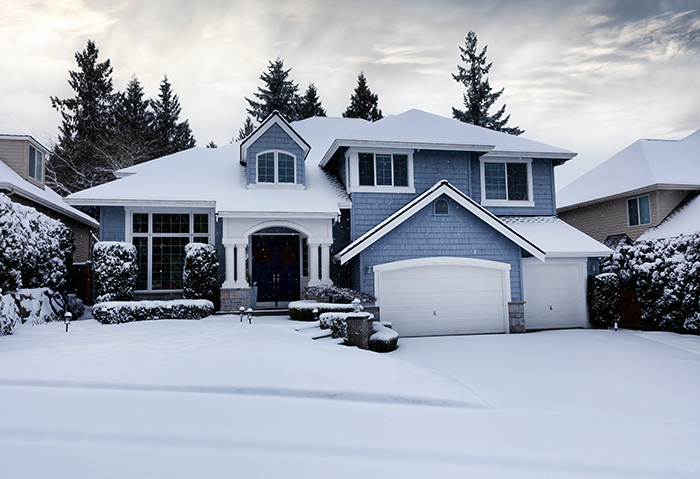What’s the best way to heat a garage in the winter?
Want to use your garage for more than just storing your car in the winter? You might want to insulate it and heat it. Let’s look at why heating your garage is a good idea and what the options are.

Advantages of insulating and heating your garage
Heating your garage means you can enjoy the space all winter long. But that’s not the only benefit:
- If you have pipes running through your garage or an adjacent wall of your house, heating the garage helps prevent damage caused by freezing.
- If your garage is attached to your house, heating the garage makes heating the house easier.
- Another benefit: you can use the garage to store items that shouldn’t be kept cold (e.g., trailer batteries).
Another
advantage to insulating and heating your garage is that you can put in a
freezer or extra fridge and access it comfortably all year round.
Plan your project
First, think about the different uses your garage could have. Do you want to do crafts, work on mechanical repairs or have a space to do exercise?
The amount of
space you’ll need depends on how you will actually use it. Do you have enough storage space in your garage to avoid clutter?
Heating options
Depending on your budget and your intended use, you can choose permanent heating or a supplementary heater.
Here are the
basic options:
- Portable heaters. Portable heaters are practical and economical but should only be used when someone is present (for safety reasons). Avoid using extension cords with this type of heater. This option is for supplementary heating only.
- Panel heaters. More economical than convection heaters, panel heaters use both convection and radiation. Panel heaters are also for supplementary heating only; but they are very effective at heating your workspace quickly.
- Sealed combustion heaters. If you already have access to natural gas, this type of appliance is great for heating a garage.
- Baseboard heaters. Old-fashioned baseboard heaters are easy to install but can result in high electricity costs.
- Central heating and ventilation system. If you already have a heat pump and ventilation system installed in your home, it can be fairly easy to extend it to heat your garage as well.
- Ceiling fan heater. You’ve probably seen this type of appliance before: it’s usually a large box attached to the ceiling that blows warm air down the walls. This is a very efficient heating method.
- Unit heater. A more economical version of the ceiling fan heater, this device is a permanent heating system that blows heat like a portable heater.
Don’t forget about insulation!
For greater
efficiency and maximum comfort, remember to insulate your garage properly. If
the current insulation isn’t doing the trick, touch up or redo the caulking on
your doors and windows.
A simple way to prevent cold air leaks is to apply transparent plastic film. It’s an effective and easy-to-apply method for blocking drafts.
Also, make sure your garage door is sealed, well insulated and in good condition. If it’s time to replace it, consider installing a motorized garage door!
See also:
5 signs of inadequate home insulation
How to insulate an existing home
Renovation subsidies available
 The Largest Number of Homes for Sale
The Largest Number of Homes for Sale




